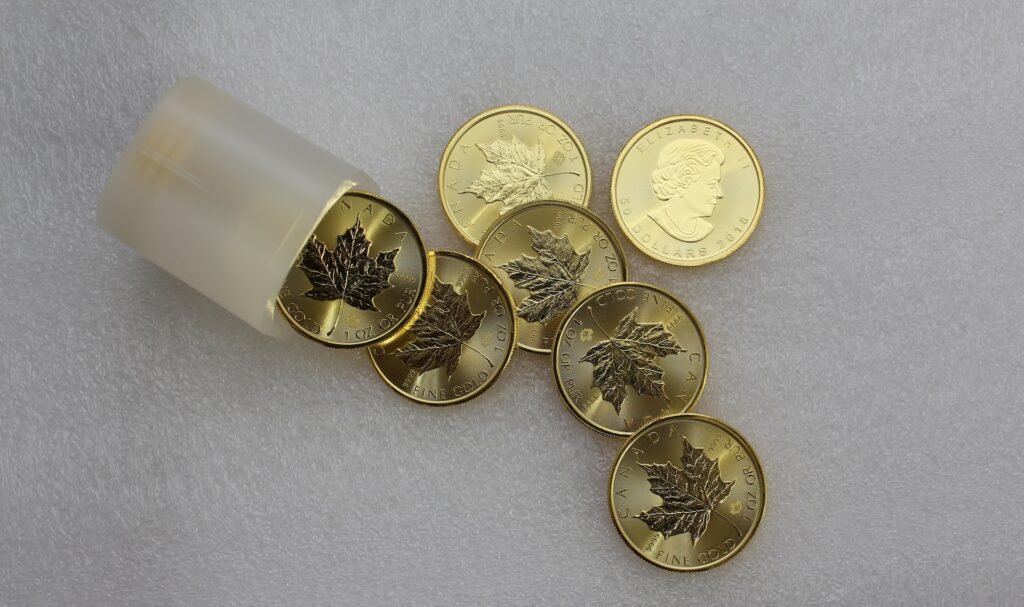Introduction: Bronze, often referred to as the “metal of the ages,” has captivated humanity for millennia. Among its various forms, the bronze bar stands out as a symbol of durability and versatility. In this detailed article, we delve into the world of bronze bars, uncovering their rich history, unique properties, and a wide range of applications. Whether you’re a metalworking enthusiast, an artist seeking a timeless medium, or simply curious about this alloy’s allure, join us on this journey through the fascinating realm of bronze bars.
Bronze Bar: A Glimpse
Bronze bars, cast or extruded, are solid metal bars composed primarily of copper and tin, although other alloying elements may be added for specific purposes. They have been a hallmark of human craftsmanship for thousands of years. Bronze bars are esteemed for their exquisite balance of strength, corrosion resistance, and malleability.
The History of Bronze Bars
The roots of bronze bars trace back to the dawn of civilization.
- Ancient Beginnings: Bronze, one of the earliest alloys created by humans, dates back to around 3300 BCE. Mesopotamians, Egyptians, and the Indus Valley civilizations were among the first to harness its potential. Early bronze bars were cast using primitive yet effective methods.
- Bronze Age Marvel: The Bronze Age, from which the alloy takes its name, marked a significant leap in metallurgical advancements. Bronze bars became a staple for weaponry, tools, and artistic endeavors. Notably, the famous Greek and Roman sculptures of antiquity often originated from bronze bars, showcasing the material’s enduring beauty.
- Medieval and Renaissance Flourish: In the medieval and Renaissance eras, bronze bars continued to flourish as they adorned churches, castles, and artistry. Iconic bells, cannons, and sculptures from this period are testaments to the enduring legacy of bronze bars.
- Modern Revival: While other materials have emerged, bronze bars maintain their relevance in contemporary metalworking. Their popularity endures in industries ranging from architecture to marine engineering.
Composition and Properties
Understanding the composition and properties of bronze bars is essential to appreciating their diverse applications.
- Alloy Components: Bronze bars are primarily composed of copper (usually around 88-90%) and tin (approximately 10-12%). The exact composition may vary to achieve specific characteristics. Additional elements like aluminum, silicon, or phosphorus may be included to enhance attributes such as strength or corrosion resistance.
- Notable Properties:
- Strength: Bronze bars exhibit remarkable tensile strength, making them suitable for structural applications.
- Corrosion Resistance: The natural patina that forms on bronze bars over time protects them from corrosion, making them ideal for outdoor use.
- Malleability: Bronze bars can be easily shaped, allowing for intricate designs and artistic creations.
- Conductivity: Bronze’s electrical conductivity makes it valuable in electrical applications.
- Ductility: Bronze can be drawn into thin wires without breaking, making it suitable for various manufacturing processes.
Types of Bronze Bars
Bronze bars come in various forms, each tailored to specific needs.
- Round Bars: Round bronze bars are the most common and versatile type. They are used in applications ranging from general construction to artistic sculptures.
- Hexagonal Bars: These bars feature a hexagonal cross-section, providing additional gripping points. They are often used in machinery and hardware.
- Square Bars: Square bronze bars find their place in architectural accents, handles, and decorative elements.
- Flat Bars: Flat bronze bars have a rectangular profile and are favored for their stability in structural applications.
- Hollow Bars: Hollow bronze bars have a tube-like structure, reducing weight while retaining strength. They are common in aerospace and marine industries.
Applications of Bronze Bars
Bronze bars’ versatility lends them to an array of applications, both practical and artistic.
- Architectural Marvels: Bronze bars are integral to architectural accents, from ornate door handles to grand sculptures adorning public spaces.
- Marine Excellence: Due to their resistance to saltwater corrosion, bronze bars are vital in marine applications, including propellers, valves, and ship fittings.
- Musical Instruments: The sonorous qualities of bronze make it a favored material for crafting musical instruments like bells, cymbals, and saxophones.
- Sculpting Masterpieces: Artists gravitate towards bronze bars for their ability to capture intricate details. Masterpieces like “The Thinker” by Auguste Rodin exemplify the medium’s artistic potential.
- Electrical Components: Bronze bars are used in electrical connectors, providing excellent conductivity and durability.
- Historical Restoration: In restoring historical artifacts and architectural elements, bronze bars help maintain authenticity.
- Automotive Innovation: Bronze bars find applications in the automotive industry, especially for bearings and bushings, due to their exceptional wear resistance.
- Aerospace Advancements: The aerospace sector relies on bronze bars for their combination of strength and lightness in critical components.
Bronze Bar FAQs
Q: Are bronze bars susceptible to rust?
Bronze bars are not prone to rust. Instead, they develop a protective patina that shields them from corrosion, making them ideal for outdoor and marine applications.
Q: What is the process of casting bronze bars?
Casting bronze bars involves melting the alloy and pouring it into molds to create the desired shape. This process allows for intricate and customized designs.
Q: Can bronze bars be recycled?
Yes, bronze is highly recyclable. Recycling bronze bars not only conserves resources but also reduces environmental impact.
Q: Are bronze bars suitable for structural use?
Yes, bronze bars offer excellent tensile strength and stability, making them suitable for various structural applications.
Q: How can the patina on bronze bars be preserved?
To preserve the patina on bronze bar, avoid harsh cleaning agents and excessive polishing. A thin coat of wax can protect the patina while maintaining its luster.
Q: What is the significance of the patina on bronze sculptures?
The patina on bronze sculptures adds depth, character, and a sense of age to the artwork, enhancing its aesthetic appeal and value.

